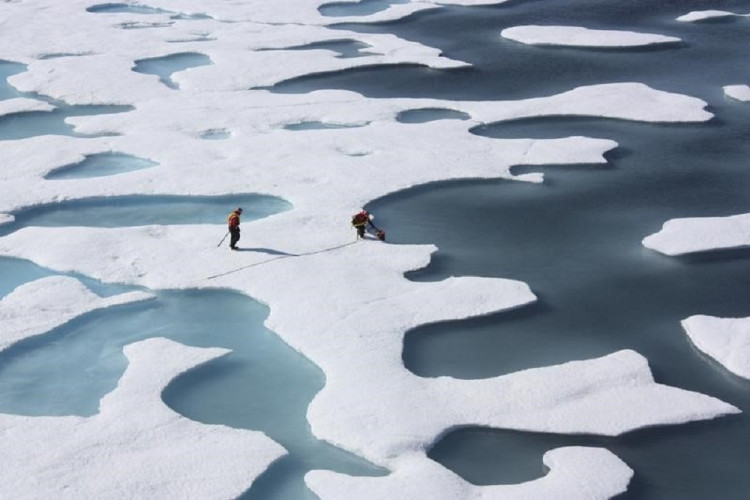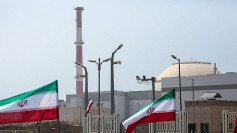As the climate crisis heats up the planet's northern ice cover, rain will replace snow as the most prevalent precipitation in the Arctic, a new study has found.
Today, the Arctic receives more snow than rain. However, if the world heats by 3 degrees Celsius, the study predicts that all of the region's land and almost all of its waters will receive more rain than snow by the end of the century.
The study used the most up-to-date climate models, which revealed that the transition from snow to rain will occur decades sooner than previously thought, with the most dramatic seasonal shifts occurring in October. It discovered, for example, that if carbon emissions are not reduced, the central Arctic will become rain-dominated in autumn by 2060 or 2070, rather than 2090 as anticipated by previous models.
According to the researchers, the consequences of a switchover would be "profound," ranging from faster global warming and sea level rise to melting permafrost, collapsing roads, and mass hunger of reindeer and caribou in the region.
Scientists believe that rapid warming in the Arctic is altering the jet stream, potentially exacerbating extreme weather events such as floods and heat waves in Europe, Asia, and North America.
Nations' pledges made at the recent COP26 summit have the potential to reduce global warming to a still-dangerous 2.4 degrees Celsius, but only if they are kept.
Even if global warming is limited to 1.5 or 2 degrees Celsius, rain will continue to dominate in Greenland and the Norwegian Sea. Rain fell for the first time on record on the pinnacle of Greenland's massive ice cap in August, shocking scientists.
As more water evaporates from ever warmer and ice-free oceans, scientists already believe that precipitation in the Arctic will rise dramatically in the future. However, according to the study, which was published in the journal Nature Communications, rain would be a big factor, with rainfall more than doubling in autumn by 2100 if emissions are not reduced.
Each winter, snow is essential for the formation of sea ice, therefore less snow equals less ice and more heat absorbed by open waters. Rainfall is growing on Greenland's southern coast, the study noted. This might hasten the melting of glaciers into the ocean and the resulting rise in sea levels, which poses a threat to many coastal communities.
"The transition from a snow- to rain-dominated Arctic in the summer and autumn is projected to occur decades earlier and at a lower level of global warming, potentially under 1.5C, with profound climatic, ecosystem, and socioeconomic impacts," the research team concluded.






